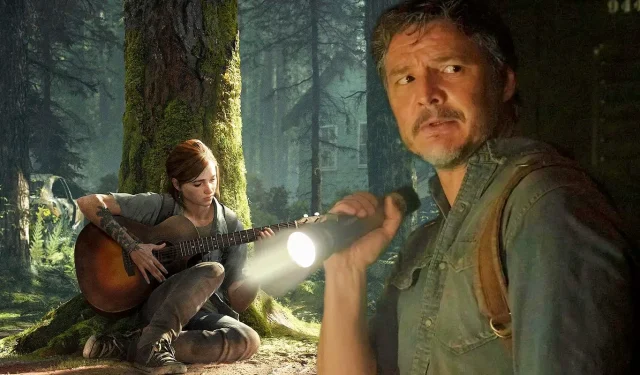Warning: This article contains spoilers for The Last of Us TV series and The Last of Us video games!
The Future of The Last of Us: An Analysis of Plot Directions
The Last of Us on HBO has captivated audiences worldwide, leaving many fans eager to learn if the narrative will adhere closely to the original video game series or carve its own path in the upcoming seasons. Based on the acclaimed 2013 video game from Naughty Dog, the series has been renewed for a third season, which is set to explore nuances of its video game sequel, The Last of Us Part II. While HBO’s adaptation has introduced certain modifications, the core story remains heavily aligned with that of the games.
Overview of The Last of Us Narrative
The story centers on Joel, a weathered survivor tasked with escorting Ellie, a teenage girl immune to the zombie-like Cordyceps infection, across a desolate, post-apocalyptic United States. This immunity positions Ellie as a vital key in the quest for a potential vaccine or cure. Throughout the HBO adaptation, viewers have watched as Joel (played by Pedro Pascal) and Ellie (Bella Ramsey) journey from Massachusetts to the Midwest, encountering harrowing challenges and pivotal moments that parallel those in the game.
Understanding the Game’s Conclusion
The Original Game’s Gripping Finale
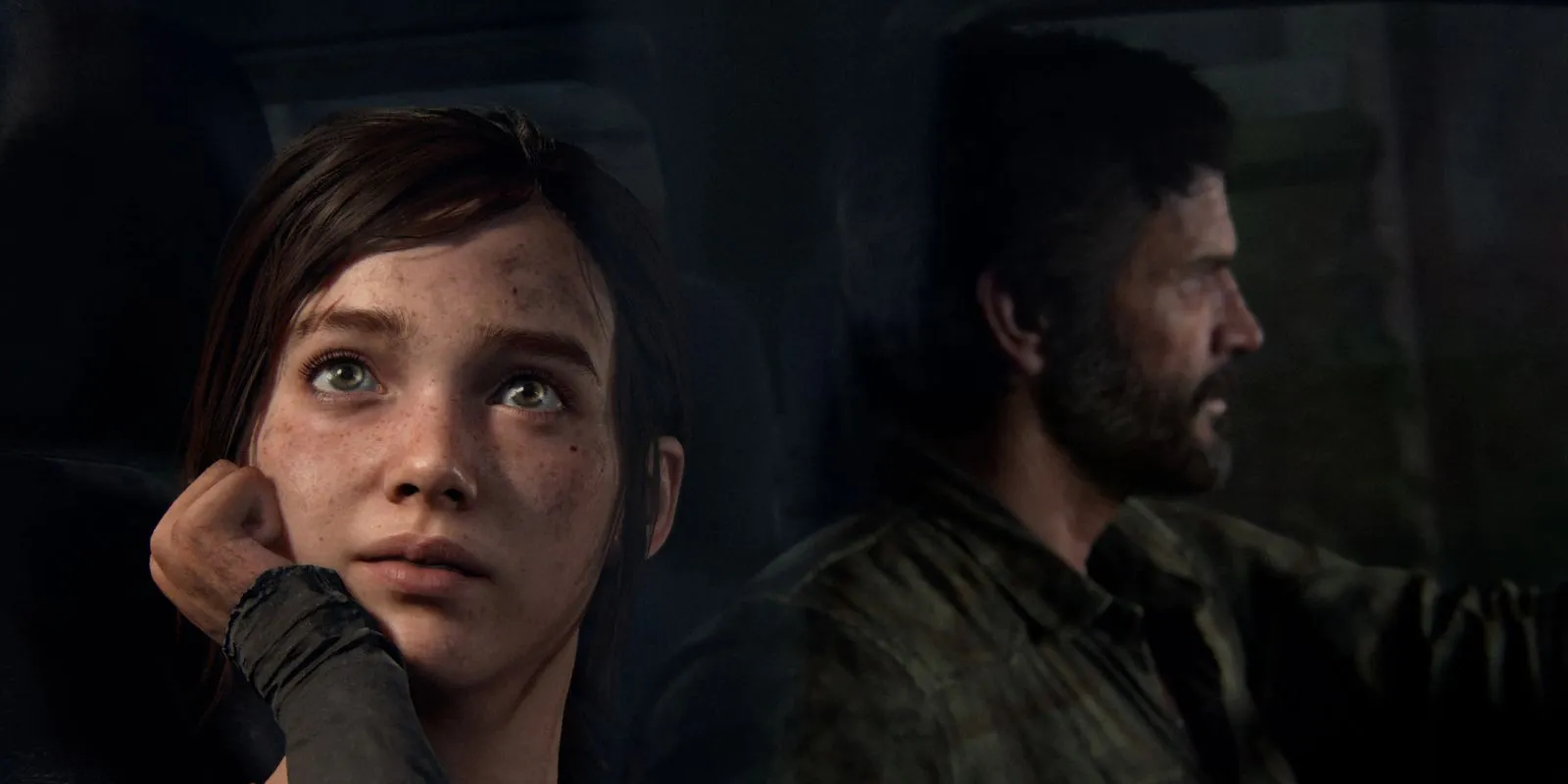
In the climactic moments of the original video game, after escaping a treacherous confrontation with cannibals, Joel and Ellie arrive in Salt Lake City hoping for salvation. Although Ellie’s condition is dire after a near-drowning, she is taken to a hospital by the Fireflies, who aim to exploit her immunity.
However, Joel’s desperation leads him into a chaotic rampage when Marlene, the Fireflies’ leader, reveals that the surgery to exploit Ellie’s immunity will ultimately result in her death. Unable to accept this fate, Joel fights to save her, eliminating anyone in his path, including Marlene and the doctor tasked with the procedure.
As they flee, Joel fabricates a story to protect Ellie, claiming that the Fireflies discovered other immune individuals yet failed to produce a cure. Though Ellie displays skepticism, Joel’s conviction somewhat reassures her as they arrive at his brother Tommy’s settlement in Jackson, Wyoming.
Comparison to HBO Adaptation: Season 1’s Ending
Alignments with the Game’s Arc
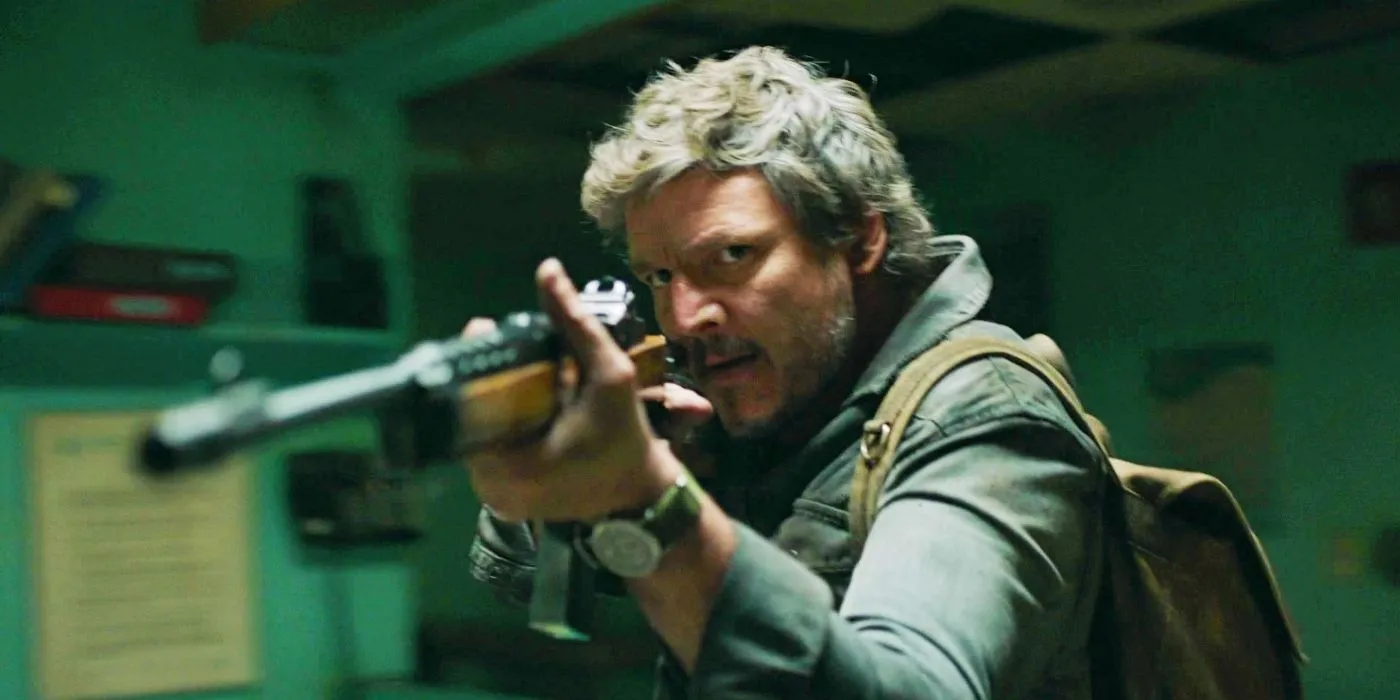
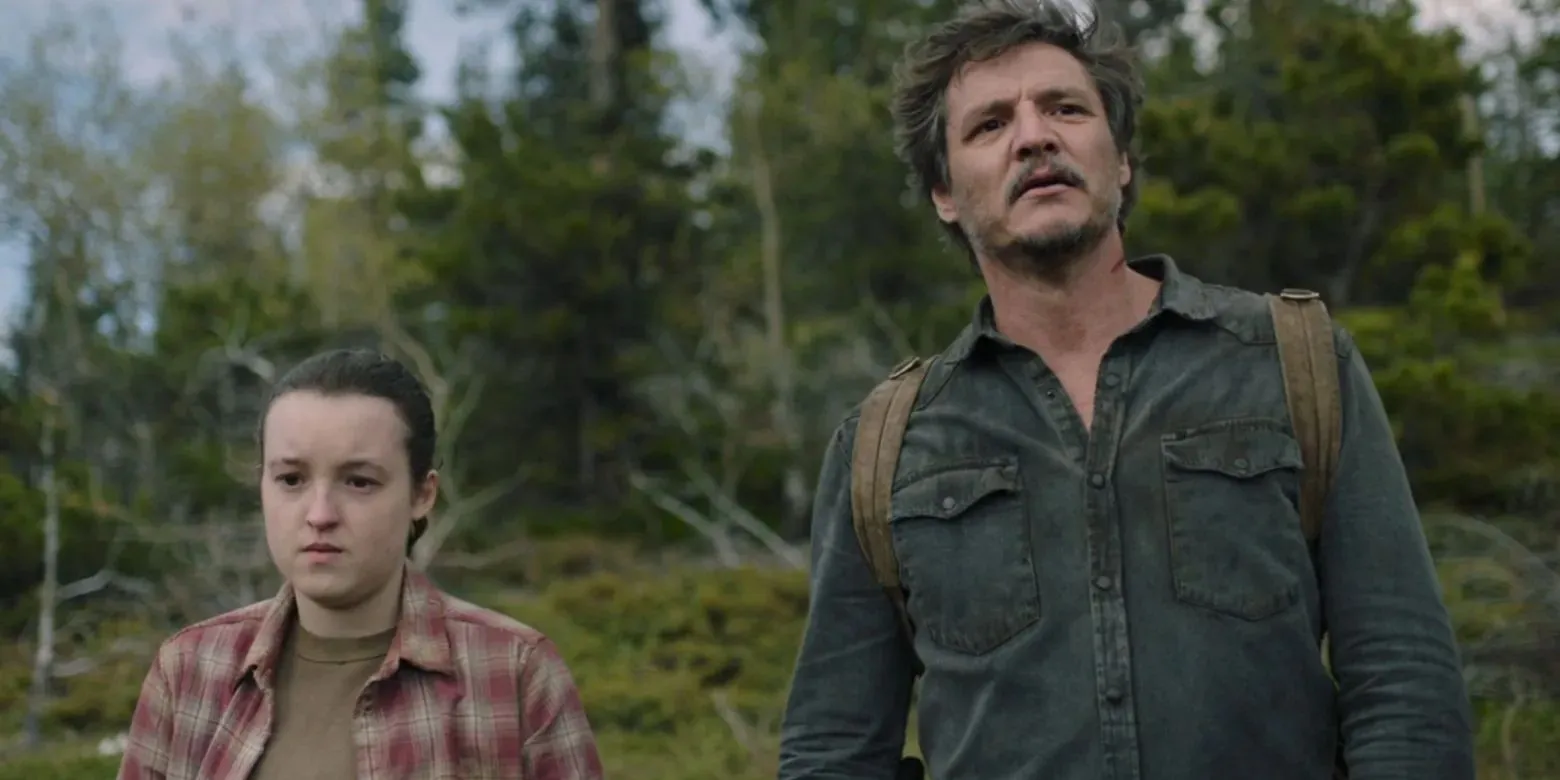
Despite some creative deviations, HBO’s adaptation concluded its first season with an ending faithful to the original game’s climax. The narrative trajectory mirrors that of the game, starting with Marlene entrusting Ellie to Joel in the pilot episode. As their journey progresses through various settings, including Colorado, the season expertly weaves in backstories and key events.
Episodes that delve into Ellie’s past, such as “Left Behind,”enrich the emotional weight of the series. The series culminates in the final episode, “Look for the Light,”where Joel’s violent rescue of Ellie plays out in tandem with his deception about the Fireflies’ intentions.
Insights into The Last of Us Part II and Its Conclusion
Ellie’s Pivotal Choice
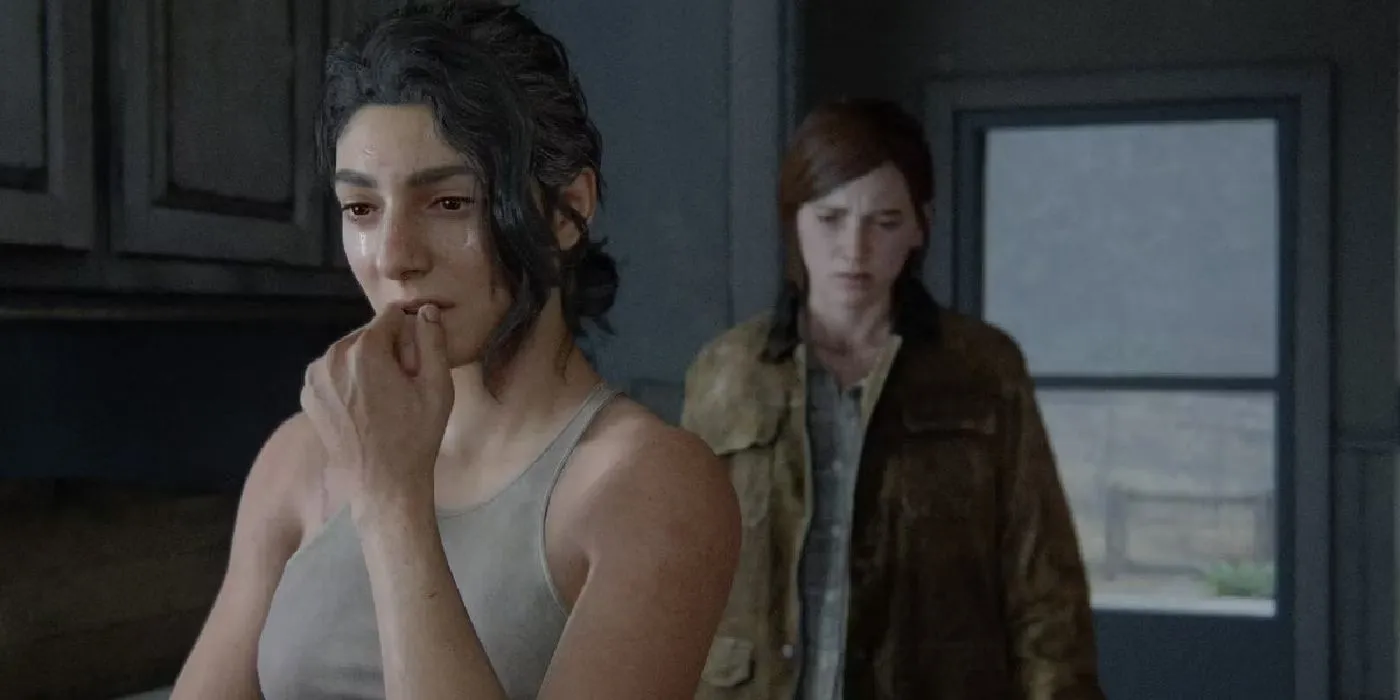
Following a lengthy gap post-first game, The Last of Us Part II was released in 2020, positioning Ellie as a 19-year-old grappling with the trauma stemming from Joel’s lies and the events that transpired. Her journey swiftly transitions into one of vengeance after Joel’s murder at the hands of Abby, the daughter of the doctor Joel killed.
This sequel explores themes of revenge and the complexity of human emotions, allowing players to experience both Ellie and Abby’s perspectives. Their inevitable confrontation leads to Ellie’s difficult decision to spare Abby’s life, a testament to her growth and internal struggle. Ultimately, Ellie returns home only to find her loved ones gone, reflecting profoundly on her past.
The Future Trajectory of The Last of Us Series
Potential Conclusions and Creator Statements
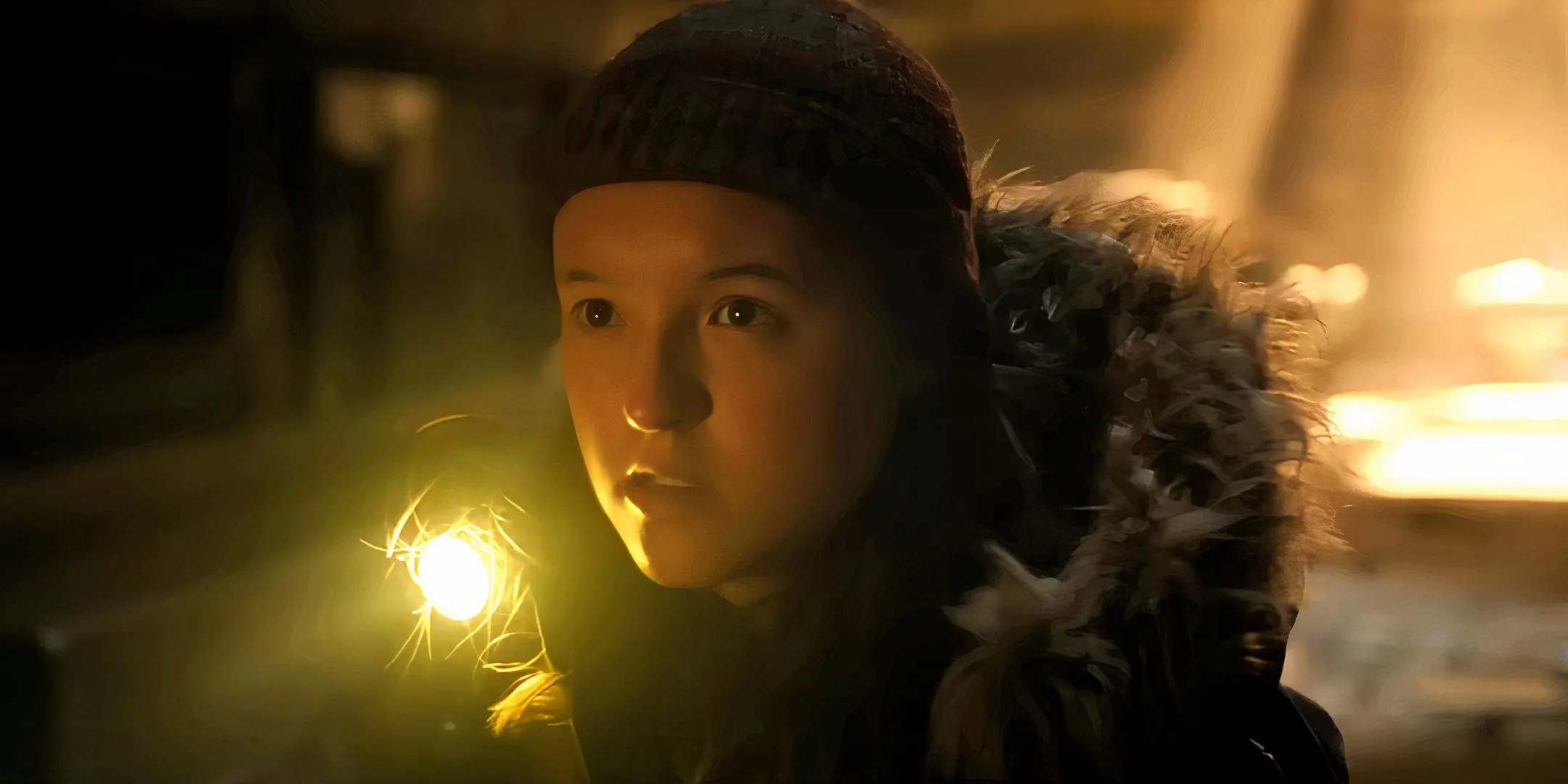
“Unless some miraculous thing happened and the video game production was accelerated by 1000% and the third game magically came out. I am not interested in going beyond the existing source material. […] I don’t want to be in the position of spinning plates to just spool out season after season of stuff. To me, it’s important that things are purposeful, and if they’re purposeful, that means they have endings.”
Those remarks by the show’s creator, Craig Mazin, indicate that while the series might closely align with the current arcs of the video games, it will not venture beyond the established narratives any time soon. With the announcement of a potential third game still unconfirmed, it seems likely that HBO’s adaptation will reach a natural conclusion at the end of The Last of Us Part II.
As fans eagerly await the next chapter, the success of the series so far reinforces its dedication to honoring the source material while exploring the emotional depths of its characters.
